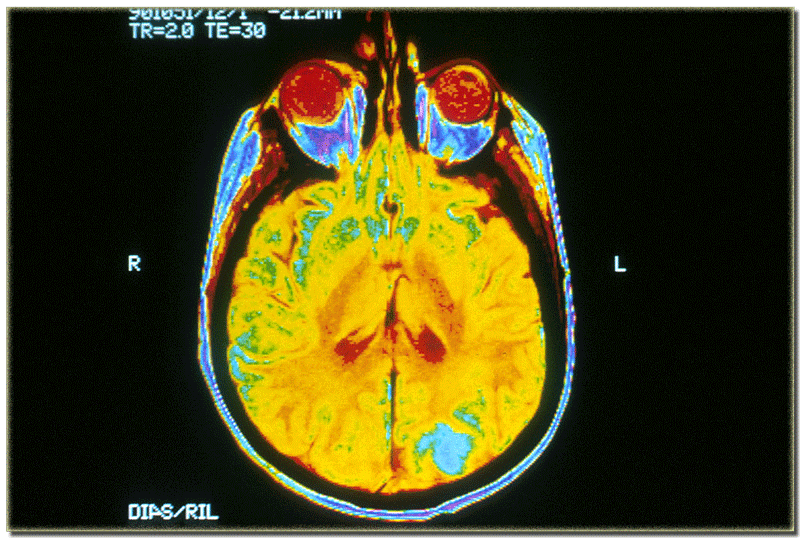Distracted Driving Examined
With so much being written about distracted driving, it's worth digging a little deeper into the actual reasons why distracted driving occurs. Its a fairly complex topic about how the human brain operates and some of the limitations we have as humans. The root of distracted driving is the misunderstanding about multitasking, which is a technical term loosely used to imply that people can perform concurrent multiple tasks equally well. Driver's ed certainly hasn't helped the situation, as very few, if any, programs actually shed light on why distracted driving occurs. We have written several distracted driving articles but this article in particular is meant to prod readers to dig a little deeper and understand what's really going on here.

A great reference for understanding the human brain is the book "Brain Rules" by John Medina, a developmental molecular biologist at the University Of Washington. One of the keys to understanding distracted driving is understanding the difference between multiprocessing and multitasking. It is generally accepted that today's teens are great at multitasking due to being brought up in the digital age. And I would not disagree with this as the digitial age has brought with it many avenues of communications which all run in parallel. And today's teens have been dealing with this environment since an early age, giving them the potential to be great at multitasking.
However, the one thing teens cannot effectively do is multiprocess, which is at the core of distracted driving. These two terms are tossed about and often used interchangeably, which is very unfortunate. The problem is that the human brain, when it comes to cognitive processing (consciously thinking about something) can only do one task at a time.
On the other hand, multitasking is the "apparent" ability for the brain to perform concurrent tasks. What is really happening is that the brain is quickly switching between tasks and to the outside world people appear to be multiprocessing. The more proficient we become at a task, the less processing time it takes to accomplish the task. However, it still takes a slice of dedicated brain processing time to accomplish cognitive tasks.
Given this distinction, it becomes much easier to understand why distracted driving occurs. People who have become good at multitasking believe they can actually perform difficult tasks in parallel when in reality they are just switching their focus from task to task quickly. The problem occurs when a person tries to perform two tasks that require deep cognitive thought, such as texting and driving a car. Texting requires creative thought, which is among the most challenging tasks requiring a great deal of concentration. Driving, on the other hand, requires constant surveillance of the surrounding situation in order to react safely. This surveillance not only requires seeing the situation, but understanding the situation which also requires concentration. Therein comes the rub as the brain can't do both of these at the same time and has to switch between these tasks. And in order to compose texts, the brain must focus for a relatively long period of time during which reaction time to the surrounding situation is drastically reduced.
The goal here is to raise the level of understanding of why distracted driving occurs and that just being a "digital native" cannot overcome the way the human brain actually operates. I would recommend following Medina's work, either on Youtube or through his books. And once you understand the real issues underpinning distracted driving maybe you will think twice about writing that text while driving down the road.
